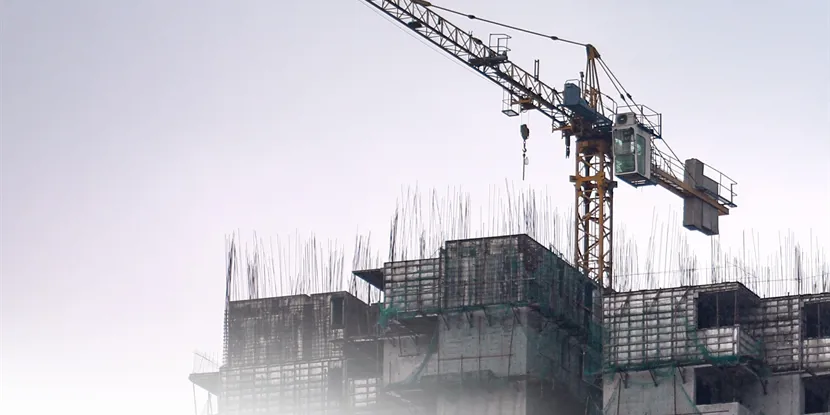Inclusionary Zoning

Inclusionary zoning is a policy tool that incorporates affordable housing into new housing developments. It promotes mixed-income communities by requiring or incentivizing developers to dedicate a portion of units to low- and moderate-income households. This approach addresses housing shortages and promotes economic diversity, with the aim of keeping cities accessible to all.
The purpose of inclusionary zoning
Inclusionary zoning is based on the understanding that equitable urban environments are the goal. It closes the chasm from affordability to accessibility, allowing disparate populations to reside within thriving neighborhoods. The policy reduces segregation and encourages social mixing by incorporating affordable units into market-rate projects. Cheap housing is no longer retreating but integrating into the pulse of the city.
Implementation and impact
Inclusionary zoning can be executed through mandatory programs or voluntary incentives. Mandatory programs require affordable housing, while voluntary systems incentivize participation with density bonuses and other benefits. These mechanisms redefine the real estate market, balancing the elements of affordability and project feasibility. The cities that invest and implement policies of inclusionary zoning often have a more stable housing supply, which strengthens community resilience.
International perspectives on inclusionary zoning
Internationally, inclusionary zoning is responsive to local conditions and laws. Cities including New York, London and Sydney have adopted variations of these policies, establishing benchmarks of success. As such, these programs demonstrate the power of inclusionary zoning to solve housing crises, both nationwide and globally, by showcasing their versatility and effectiveness.
The broader implications
Inclusionary zoning is about more than housing; it is about school operations. It promotes opportunity and equality by incorporating economic diversity into the city plan. It eliminates systemic barriers and fosters racial equity by creating more opportunities for communities historically marginalized. From local streets and homes to the very fabric of societies that needs to thrive, less disruptive greener cities are the key to ensuring vibrancy and inclusivity in the local neighborhoods that they form.
